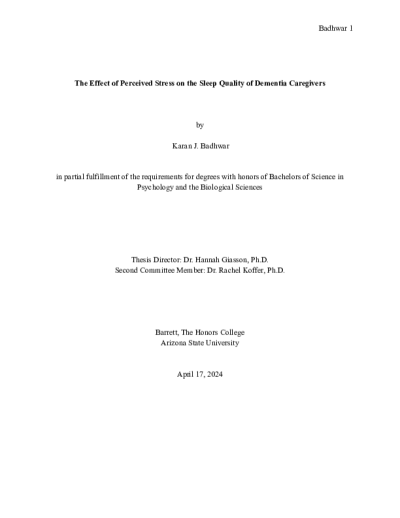
Introduction: Despite depression affecting one of every ten adolescents, primary care providers struggle to detect depression in affected individuals. Unmanaged early onset adolescent mood disorders have an increased potential to result in suicide, the second leading cause of death in adolescents. Referring all patients with a positive depression screen to a mental health specialist creates treatment delay and burdens already limited community resources.
Objective: The objective of this primary care practice transformation was to improve pediatric primary care provider confidence and behavior to support and deliver evidence-based behavioral healthcare for adolescents with mild to moderate depression.
Methods: An evidence-based adolescent depression education program was delivered to pediatric primary care providers in a small community setting. The program’s components included measures to identify and manage mild to moderate depression. Outcome measures included: 1. Provider knowledge, beliefs, and confidence measured pre- and post-intervention; and 2. Electronic health record documentation of provider adherence to guideline recommendations one, two, and three months post-intervention.
Results: Four providers participated in the intervention. The mean total score for the provider beliefs and knowledge from a 5-point Likert scale demonstrated a positive increase after the intervention (14.75 vs. 23.25, p = .068). The mean total provider confidence score achieved near significance as well (12.25 vs. 21.75, p = .066). Resultant behavior change in the providers did not reach statistical significance when the electronic health records of all adolescent well visits over a three-month period were assessed. Screening for depression at adolescent well visits
Adolescent Depression 3 increased from 0% to 84-90% post-intervention. Setting treatment goals upon detection of depression increased from 0% to 41% (p = .089). Providers appropriately administered active support 67% of the time when a patient was identified with mild depressive symptomology post-intervention. Providers complied with guideline recommendations with identified cases of moderate and severe depression (n = 2).
Conclusions: Pediatric primary care providers demonstrated some positive behavioral changes towards integrating behavioral healthcare into their practice after an educational session on the guidelines for adolescent depression.



This narrative literature review explores how perceived stress affects sleep quality in dementia caregivers by examining various factors. Ten studies from 2013 to 2022 across four continents were analyzed, focusing on caregiver stress levels, sleep quality, caregiver burden, and depression. Higher stress levels were linked to poorer sleep quality, alongside factors like emotional distress and disrupted sleep patterns. The findings highlight the importance of targeted interventions to reduce stress and improve sleep quality among dementia caregivers, suggesting the need for longitudinal and empirical studies with standardized measures for a better understanding.